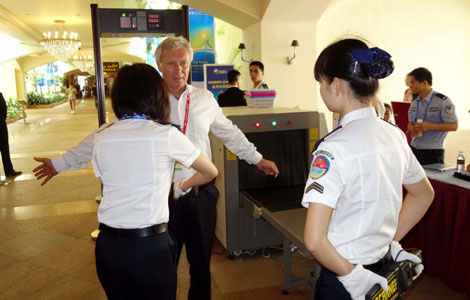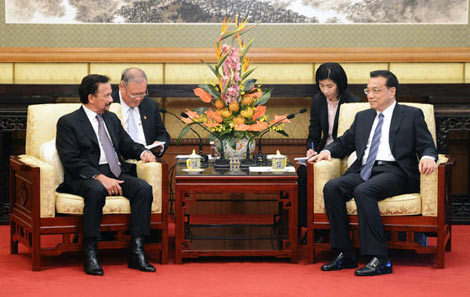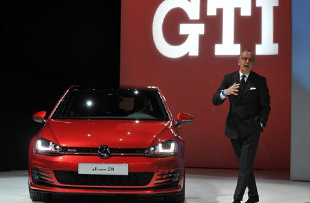
TAIYUAN -- A Chinese power generating firm that uses coal-bed methane as materials announced on Friday that it received 278 million yuan ($44 million) in 2012 through participating in an emissions trading scheme that forms part of the Kyoto Protocol.
The Shanxi Jincheng Anthracite Mining Group (JAMG), based in China's largest coal-producing province of Shanxi, generated 1.4 billion kilowatt hours of electricity last year with natural methane gas extracted from coal beds, according to the company.
Coalbed methane is a byproduct of coal, and a major danger in coal mines. If it is explored, coal mines will have methane content slashed by 70 percent to 85 percent and become much safer.
As a clean energy source close to natural gas, coalbed methane can be used as industrial chemical, a domestic fuel and for electricity generation.
Through the Clean Development Mechanism (CDM) defined in the Kyoto Protocol, the JAMG sold its certified emission reduction credits, each equivalent to one ton of carbon dioxide, to industrialized nations needing to meet emission reduction targets under the protocol.
The JAMG has 91 gas turbine generators with an installed capacity of 189 megawatts, 138 megawatts of which belong to the CDM project. It can consume more than 300 million cubic meters of coal-bed methane annually and reduce carbon dioxide equivalent to 4.66 million tons every year.
The Kyoto Protocol is an international agreement linked to the United Nations Framework on Climate Change, which commits its parties by setting internationally binding emission reduction targets.
The CDM allows emission-reduction projects in developing countries to earn certified emission reduction credits. These credits can be traded and sold, and used by industrialized countries.
The mechanism stimulates sustainable development and emission reductions, while giving industrialized countries some flexibility in how they meet their emission reduction limitation targets.
 'Cat model' to dazzle Shanghai auto show 2013
'Cat model' to dazzle Shanghai auto show 2013
 Models at Tokyo modified car show
Models at Tokyo modified car show
 Shanghai Fashion Week focuses on domestic brands
Shanghai Fashion Week focuses on domestic brands
 Angel-dress models at Shandong auto show
Angel-dress models at Shandong auto show
 Safe and Sound
Safe and Sound
 Theater firms scramble for managers
Theater firms scramble for managers
 Premier pledges closer ties with Brunei
Premier pledges closer ties with Brunei
 Volkswagen's all-new GTI at New York auto show
Volkswagen's all-new GTI at New York auto show